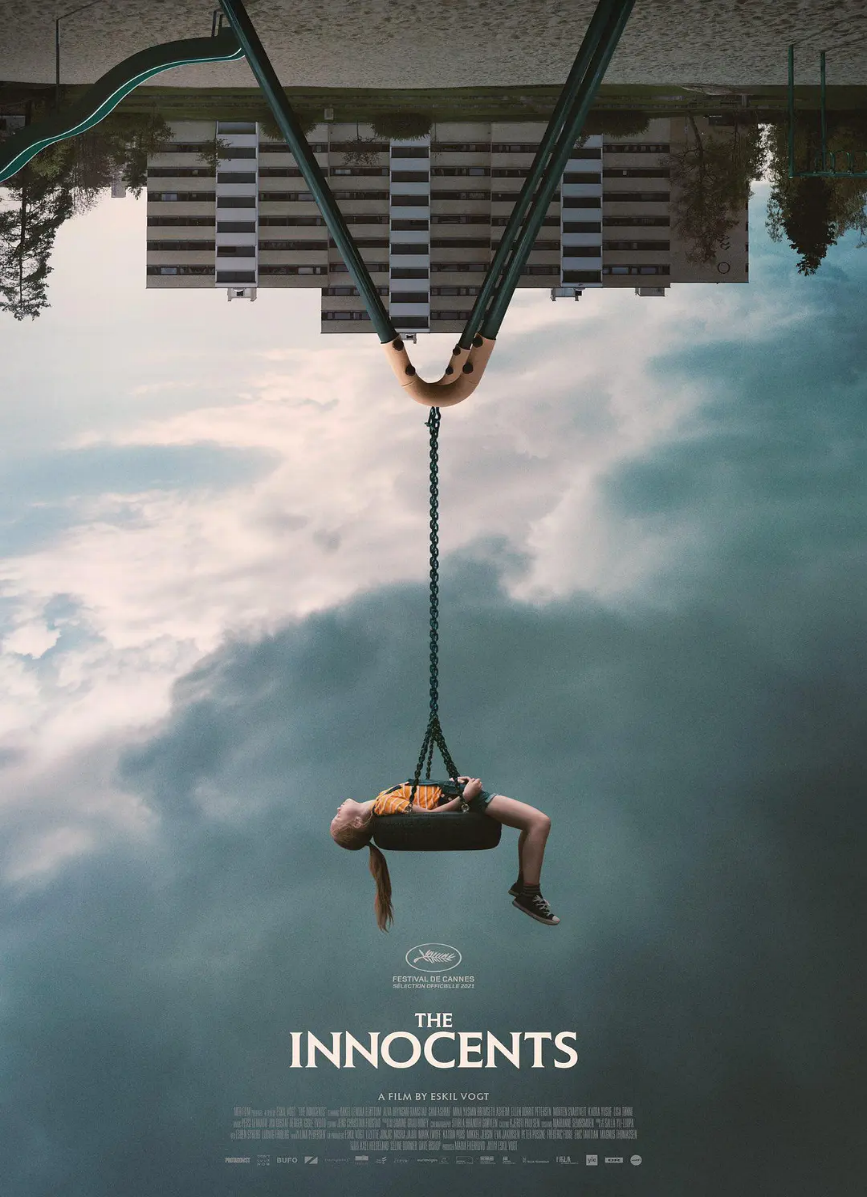Ut og stjæle hester Scandinavian summer childhood

First of all, without having read the original, it is impossible to judge whether the essence of the original has been expressed. But the film itself is a sophisticated stream of consciousness work.Perhaps the film is relatively new, and not what the American blockbuster, not many people have seen it, read the short review some people said it was dull without knowing what was going on. I don’t know if it’s a cultural difference or a reason for translation. In fact, this film has a lot of information ah, if you can get inside the eight hanging that dramatic conflict how boring it is.
I feel that Scandinavian literary directors are very fond of fragmentation, for example, Bergman’s “Wild Strawberries” and “Fanny and Arisanta” are infinite memories of yesterday’s light. These two films are a pleasant reminiscence of a good or bloody childhood, you can feel the nostalgia and remembrance of the old days, even if the bloody plot is also a funny tone. Out stealing horses” is also almost such a reminiscent of yesterday’s literary tone, but more gloomy than the previous two predecessors shot.
Stealing Horses” from the perspective of an elderly man, the main character is an old man living alone in the mountains, he himself has some knots that have not been opened. The tone of the whole movie is a depressed and sensitive view of the elderly. This may be the reason why some people feel dull.
The original soundtrack with original subtitles (not in English) was watched. I don’t know if this film is now online Chinese resources, maybe now most of the beans to see the English subtitles? I Scandinavian language level may be equivalent to the level of English 4? I can’t say that I understand 100%, but with the help of the original subtitles, there may be some small details on the dialogue did not get, the general plot is still a second to understand.
I need to say why Scandinavian literary directors are so fond of shooting this kind of memories of yesterday’s good subject matter. This in other countries may also have such a film, but why this subject matter in northern Europe so prominent, basically in northern Europe can be said to be a mainstream film subject matter. Perhaps compared to the old industrial countries of Britain, France and Germany, after one or two hundred years of deep-seated industrialization, and agricultural society has been bidding farewell for a long time, although the Nordic countries have a very good industrial base, cultural traditions or a beautiful natural idyllic dream. In the case of this film, both the original and the director are Norwegian, Norway is more “primitive” than Sweden, the population is smaller, and the whole economy began to take off in the sixties and seventies. For the Norwegians since the door is the nature, the desire to return to the nature of the countryside may be more than ever.
The plot of the film may seem idyllic to foreigners, but this is basically the traditional work that the Norwegian people have been doing before the economy took off. In addition to the traditional fishing industry, forestry is also a very important source of income in Norway. Many men are in this industry to make a living, felling wood in the forest, and then throw the wood into the river downstream, following the wood along the way, if a bunch of wood is blocked by rocks stuck in the river, but also rely on human to push the wood apart, so that all the wood to the dock downstream to sell money. This is a very dangerous job, physical and technical requirements are very high. These work routine episodes are shown in the movie, and every Scandinavian is familiar with this work process, because maybe their family grandparents did this work when they were young, not a very long history.
The movie has a detailed performance of this work routine, such as how we work together to saw down the tree, how to bark the wood, and then how to push the wood all by human power to the river, and finally the father in the last time before eloping with his mistress and his son happily riding downstream, this is also the work routine, they have to watch the wood to ensure that all can float smoothly to the river mouth for sale. I saw a comment on the bean saying that I didn’t understand what the pile of driftwood in the hero’s dream represented. In fact, that is part of their work, the wood was stuck in the center of the river, the hero jumped down and swam under the driftwood tied to the rope and then let the horse pull the wood apart.
As for what the wood in the dream represents, maybe it’s the knot in the boy’s heart about his father running away without saying goodbye. In the movie, it is said that the boy’s father sent the child back to Oslo mom that and he said I will go back later. Who knows the boy went to the station every day and finally just waited until his father a letter saying he would never come back.
The relationship between their characters is also quite bloody, see the comments of some people say that they do not understand what is said, which may be related to the director’s stream-of-consciousness filming techniques. The whole plot is driven by the old man’s jump flash memories, and various plots are threaded together. If you don’t have a heart of eight hangers, you may not be able to get this bloodthirsty character relationship.




